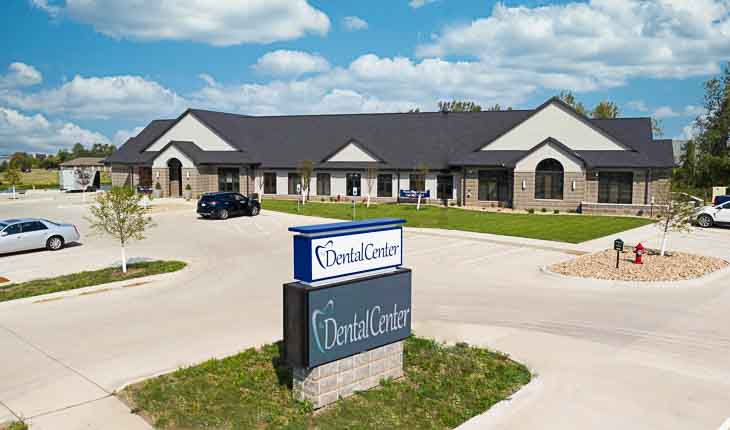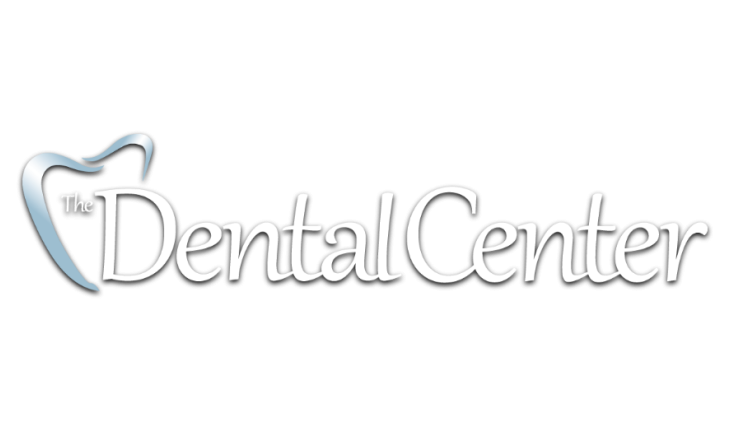Gum Disease
FOLLOW US!

The Dental Center
Cedar Rapids
815 38th St SE, Cedar Rapids, IA 52403
PH: 319.365.0534
Hours
Monday: 7:00 AM – 5:00 PM
Tuesday: 7:00 AM – 5:00 PM
Wednesday: 7:00 AM – 1:00 PM
Thursday: 7:00 AM – 5:00 PM
Friday: 7:00 AM – 1:00 PM
Saturday & Sunday Closed

The Dental Center
Hiawatha
1090 Sherman Rd, Hiawatha, IA 52233
PH: 319.362.0043
Hours
Monday: 7:00 AM – 5:00 PM
Tuesday: 7:00 AM – 5:00 PM
Wednesday: 7:00 AM – 5:00 PM
Thursday: 7:00 AM – 5:00 PM
Friday: 7:00 AM – 1:00 PM
Saturday & Sunday Closed

Contact Us
© 2025 The Dental Center | Website Design, Development, Hosted & Maintained by Vortex Digital, Inc | Contact Webmaster

Happy 4th of July from all of us at The Dental Center!
As we celebrate Independence Day, we’re thankful for our patients, our team, and the community we proudly serve.
Wishing you a safe, joyful holiday filled with smiles, fireworks, and freedom! 🇺🇸🎆 ... See MoreSee Less
0 CommentsComment on Facebook
🍉 Hello July! Beat the heat and the plaque — time for a summer cleaning! 😎🪥 ... See MoreSee Less
0 CommentsComment on Facebook
She’s watching like it’s a season finale 😄 #braces #ortho #besties ... See MoreSee Less
1 CommentsComment on Facebook
Matching shirts, unmatched service! 😁 💪🏻
Thanks @Solberg’s for keeping us looking sharp!
#DentalDreamTeam ... See MoreSee Less
0 CommentsComment on Facebook
Expanding our expertise at a continuing education course on digital dentistry and dental implants.
Always learning, always growing! ✨ #digitaldentistry #Straumann #alwayslearning ... See MoreSee Less
2 CommentsComment on Facebook
Are you guilty of over-brushing? Time for a fresh start! 🪥 #nationaltoothbrushday #BrushResponsibly ... See MoreSee Less
0 CommentsComment on Facebook